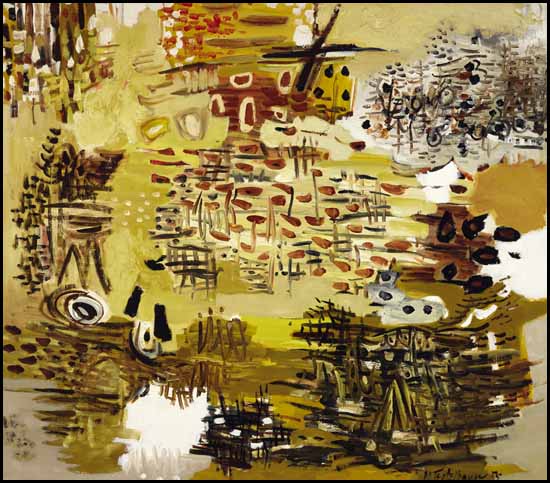
Tomorrow, Toronto city councillors vote on a billboard tax that could raise $11 million for arts and culture in our city. (That's a bolstering of 50%!) But as indicated by the photo above, snapped in my neighbourhood over the weekend, this worthy initiative, which I posted about a couple of weeks ago, is coming under heavy backlash from the signage industry.
This backlash from the signage industry isn't just happening in the streets—it's also happening, as illegalsigns.ca reports, at City Hall, where the billboard industry reportedly submitted false revenue data. Last week, Jonathan Goldsbie at Spacing Wire also suggested that Councillor Karen Stintz had been bending rules to meet with pro-billboard lobbyists.
Fortunately for arts and culture in Toronto, reputable poll results released Friday and posted on Praxis Theatre's blog indicate that Torontonians support the billboard tax by a 5-1 margin. Michael Wheeler at Praxis also notes that a NOW Toronto story on our "sign wars" is on its way to being its most commented story ever--the comments are most certainly worth a read if you want to see how vociferous this debate is becoming in some parts.
Hopefully, when the councillors vote tomorrow, they will note the vast majority of Torontonians do seem to be pro-billboard-tax. If you want to make sure they know your view, please email your councillor now, either through the BeautifulCity.ca site or using this list of contacts.
UPDATE 1 - BeautifulCity.ca has confirmed the vote is happening December 1 at 9:30am. They urge supporters who can to come out to City Hall and/or to an after-event happening at 9pm at 52 McCaul. (Thanks again to Michael Wheeler @ Praxis Theatre who posted this info on their blog.)
UPDATE 2 - As noted by Michael Wheeler in the recent comments, The Guardian has published an unabashed endorsement of the beautifulcity.ca initiative calling it:
"a brilliantly simple, logical idea which, if implemented over here, could surely help plug the growing hole in the arts council coffers." AND The vote has bee rescheduled again. 10am Friday is showtime.






























